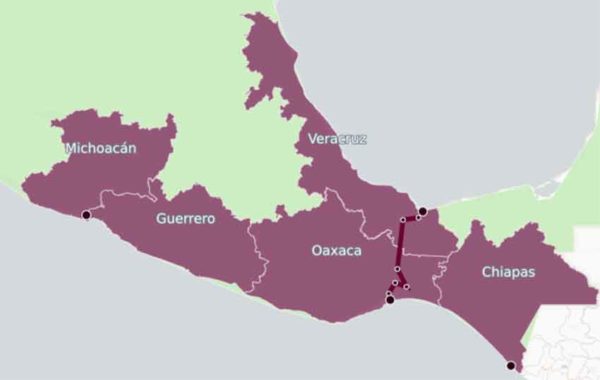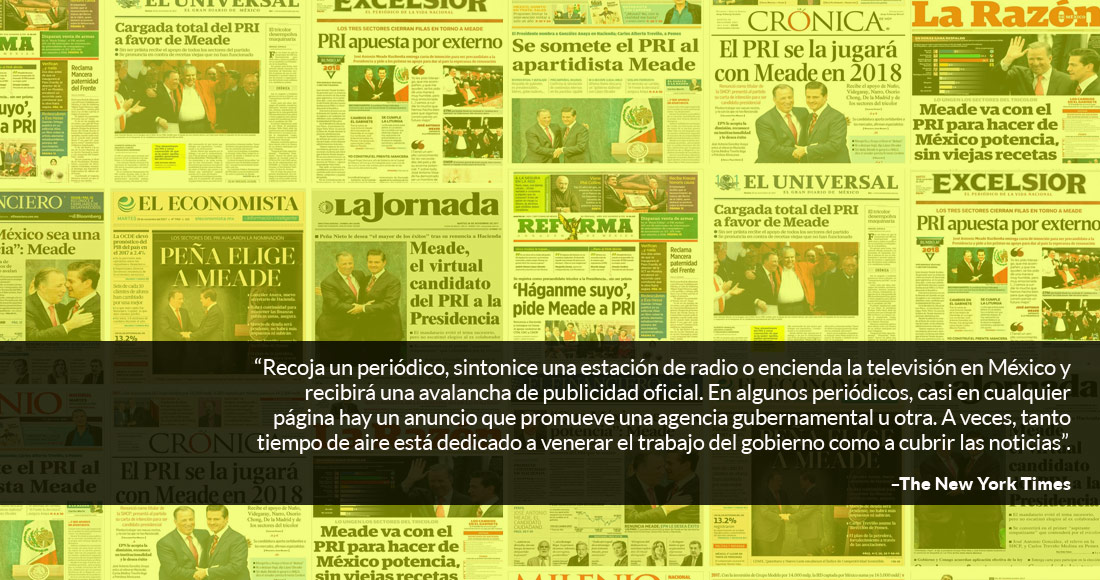Deficiencies in the Attorney General’s office impede new criminal justice system
by Mexico News Daily
Mexico’s new accusatory criminal justice system continues to be held up by deficiencies in the federal Attorney General’s office (PGR) that inhibit the prosecution of crime and consequently slow down the fight against impunity.
That’s the assessment of the Inter-American Development Bank (IADB), which cited bureaucratic inertia, poor institutional organization, indifference and technical limitations among the woes that plague the authorities charged with investigating crime.
The bank made the observations in a report it completed as part of the approval process for a US $100,000 IADB grant sought by the Finance Secretariat to implement projects to strengthen the new system, which came into effect in July last year. The IADB approved the funding last month.
The problems stem from shortcomings in the infrastructure, organization, command and operation of the PGR, the bank said, pointing to the agency’s limited capacities to investigate crime and an organizational framework that is ineffective in the prosecution of criminal cases.
In order to strengthen the system, the IADB said the PGR needs to overhaul its justice procurement model and devise a master plan with clearly defined strategies that will enable it to combat the scourge of crime that is plaguing the country.
The number of intentional homicides in 2017 reached 23,101 by the end of November, making this year the most violent in two decades.
The bank also said that it agreed with a report presented in the Senate earlier this year, which said that the organizational design of the PGR was not congruent with the new accusatory system and needed to be changed.
In addition, however, it warned that a change of administration in 2018 could also pose a further risk to continuity and delay the implementation of support for the system.
The IADB noted that through the Mérida Initiative — a security agreement between the United States, Mexico and Central American countries — more than US $247 million had been pledged to support Mexico in its transition to the new system.
Institutional change for its implementation is based on recommendations made by the Inter-American Commission on Human Rights and the United Nations Office on Drugs and Crime.
Statistics from survey company Latinobarómetro showing high levels of impunity and a widespread lack of faith in the country’s justice system underscore the urgent necessity of implementing the system in a way that is effective in the prosecution and deterrence of crime.
Its data, included in the IADB report, show that 85 percent of reported crimes don’t result in a sentence while 73 percent of people surveyed have a high level of distrust in the nation’s courts.
In July, the system was also the subject of scathing criticism from National Security Commissioner Renato Sales, who said that it had descended into a “procedural hell” and contrary to its purpose had led to an increase in crime.
Source: Milenio (sp)
Central bank auction fails to support peso
$500-million sale provides only brief respite for weakening peso
Efforts to support the Mexican peso amid a slump that has seen it trading at around 20 to the US dollar have failed to apply the brakes on the tumbling currency.
The Bank of México (Banxico) auctioned off an unscheduled US $500 million in foreign exchange hedges yesterday, a measure designed to ease pressure on the peso. But it only provided brief respite before the currency slumped again to end the day at 20.15 pesos per dollar.
The central bank took the decision on the advice of the Foreign Exchange Commission, a body made up of officials from the Finance Secretariat (SHCP) and Banxico that is responsible for foreign exchange policy in Mexico.
It explained its motivations to intervene via press release.
“With the objective of fostering better liquidity conditions, better price discovery and orderly operation [of the exchange market], the commission has decided to instruct the Bank of México to sell exchangeable currency hedges today [yesterday] for the value in national currency of US $500 million,” it said.
The central bank placed US $250 million in a 30-day forward contract and the other US $250 million in a 57-day forward contract.
If the peso has declined further by the time the contracts mature, Banxico will have to pay the difference in pesos but if the currency goes up, it will receive the difference.
The measure allows the central bank to support the exchange market without eating into Mexico’s international reserves, currently valued at around US $172.5 billion.
The intervention followed the peso depreciating to its lowest level in nine months last Friday.
Analysts have attributed the dip to high inflation, the threat to investment posed by tax reform in the United States and government corruption scandals that could benefit presidential aspirant Andrés Manuel López Obrador.
But analysts from Banorte-Ixe said that yesterday’s measure showed that the SHCP and Banxico recognized that the recent increase in volatility was largely the result of the US $1.5 trillion tax cut package signed into law last week by United States President Donald Trump.
The chief economic analyst at Banco Base, Gabriela Siller, said the exchange rate would remain vulnerable in 2018 due to speculation related to the July 1 presidential election. In February, the Foreign Exchange Commission announced a US $20-billion hedging program to enable a more orderly functioning of the foreign exchange market.
The move came a month after the peso plunged to 22 pesos to the US dollar just before President Trump was sworn in.
Source: El Universal (sp), El Economista (sp), Dow Jones Newswires (en), El Financiero (sp)









